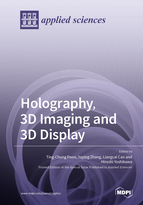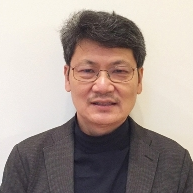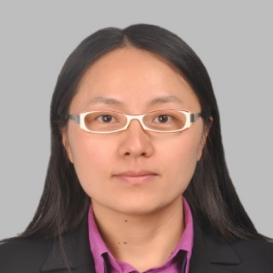Holography, 3D Imaging and 3D Display
A special issue of Applied Sciences (ISSN 2076-3417). This special issue belongs to the section "Optics and Lasers".
Deadline for manuscript submissions: closed (18 August 2019) | Viewed by 102660
Special Issue Editors
Interests: digital holography specializing on optical scanning holography; 3-D optical image processing and holographic display; computer-generated holography; holographic remote sensing; holographic microscopy
Special Issues, Collections and Topics in MDPI journals
Interests: digital holography; 3-D optical image display
Special Issues, Collections and Topics in MDPI journals
Interests: holographic imaging; holographic display; optical information processing
Special Issues, Collections and Topics in MDPI journals
Interests: computer-generated hologram; holographic printer; holographic video display; 3D display
Special Issues, Collections and Topics in MDPI journals
Special Issue Information
Dear Colleagues,
Modern holographic techniques have been successfully applied in many important areas, such as 3D inspection, 3D microscopy, metrology and profilometry, augmented reality, and industrial informatics. This Special Issue covers selected pieces of cutting-edge research works, ranging from low-level acquisition, to the high-level analysis, processing, and manipulation of holographic information. The Special Issue also serves as a comprehensive review on the existing state-of-the-art techniques in 3D imaging and 3D display, as well as a broad insight into the future development of these disciplines. Your contributions toward the issue are greatly appreciated. If you have any questions regarding the Special Issue, please feel free to contact us.
Prof. Dr. Ting-Chung Poon
Prof. Dr. Yaping Zhang
Assoc. Prof. Dr. Liangcai Cao
Prof. Dr. Hiroshi Yoshikawa
Guest Editors
Manuscript Submission Information
Manuscripts should be submitted online at www.mdpi.com by registering and logging in to this website. Once you are registered, click here to go to the submission form. Manuscripts can be submitted until the deadline. All submissions that pass pre-check are peer-reviewed. Accepted papers will be published continuously in the journal (as soon as accepted) and will be listed together on the special issue website. Research articles, review articles as well as short communications are invited. For planned papers, a title and short abstract (about 100 words) can be sent to the Editorial Office for announcement on this website.
Submitted manuscripts should not have been published previously, nor be under consideration for publication elsewhere (except conference proceedings papers). All manuscripts are thoroughly refereed through a single-blind peer-review process. A guide for authors and other relevant information for submission of manuscripts is available on the Instructions for Authors page. Applied Sciences is an international peer-reviewed open access semimonthly journal published by MDPI.
Please visit the Instructions for Authors page before submitting a manuscript. The Article Processing Charge (APC) for publication in this open access journal is 2400 CHF (Swiss Francs). Submitted papers should be well formatted and use good English. Authors may use MDPI's English editing service prior to publication or during author revisions.
Keywords
- Holography in industrial sensing and inspection
- Digital holography for augmented reality applications
- Computer-generated holography
- Compressive holography
- Optical scanning holography
- Holographic microscopy
- Fast algorithm, hardware and software in digital holography
- Novel and advance applications of holography
- Holographic tomography
- Hologrpahy with various sources such as infared laser, terahertz wave and X-ray
- Plasmonic holography
- Spatial light modulators
- Holographic recording materials and techniques
- 3D imaging and processing
- 3D display
- Integral imaging









